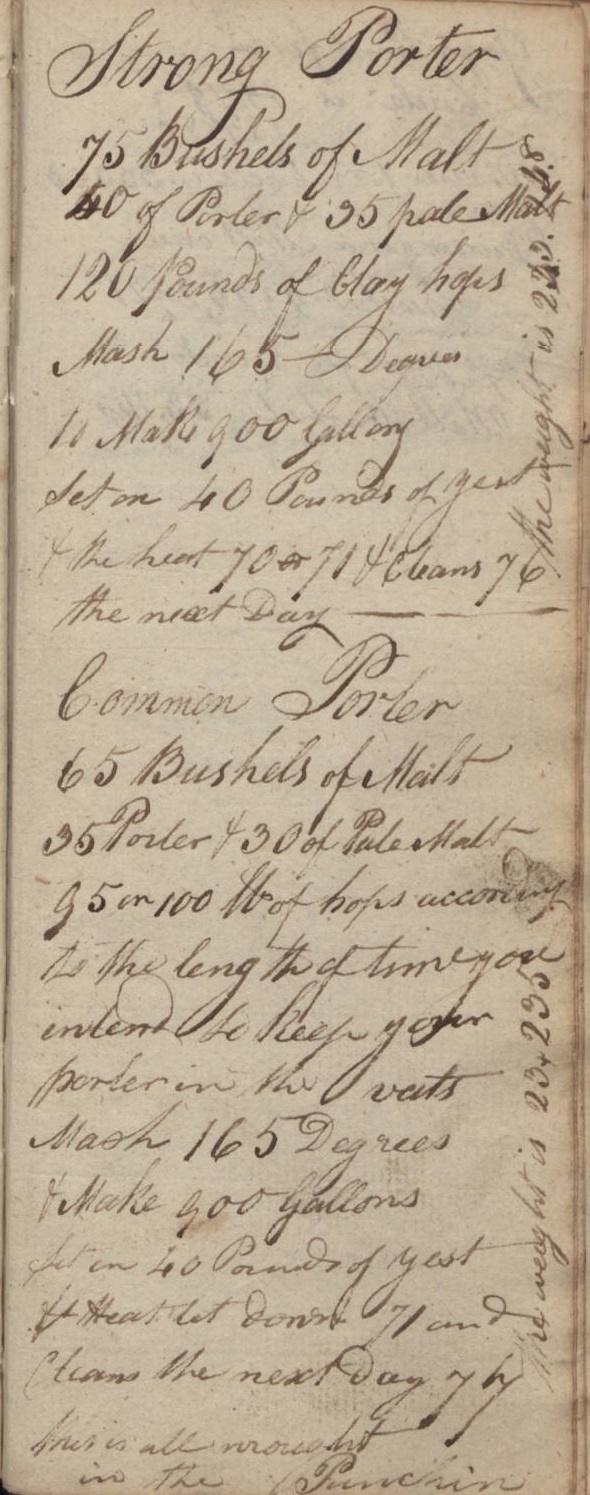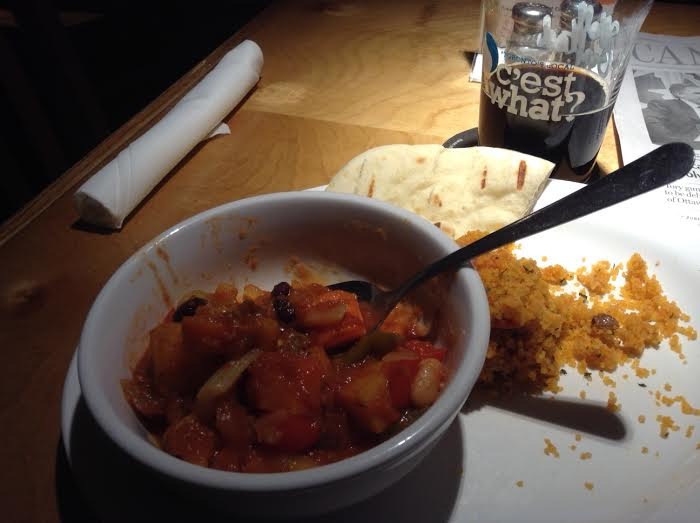 This month’s edition of The Session sees Joan of Birraire asking us all to consider this:
This month’s edition of The Session sees Joan of Birraire asking us all to consider this:
The discussion at hand is “The Role of Beer Books”. Participants can talk about that first book that caught their attention, which brought them to get interested in beer; or maybe about books that helped developing their local beer scene. There’s also the bad role of books that regrettably misinform readers because their authors did not do their work properly. There are many different ways to tackle this topic.
These are good things to think about. I have co-written three books about beer and also written, imagine if you can, 3,421 posts on just this one beer blog. That is a nutty amount of writing. Which means I must value writing about beer. I must, right? Over 13 years ago in May 2003 my first beer blog post was actually titled “Books About Beer” and it was about the 27 books on my bedside table. I copied the post over from my earlier blog, the one about everything else I thought about. Because in those days that was what I was thinking about, looking to figure stuff out about my interest in home brewing and how this internet thing might help me out.
I do not read that many books about beer any more even though I have many times as many at hand. Books suffer from a lot of challenges when it comes to a topic like beer. It is difficult to hit on a new universal topic that holds up its interest from first draft to publication. Plus publishers want something plenty will want to buy. So we have a glut of samey style guides as well as yawn inducing food and pairing guides. “Shrimp and avocado wrap? Brilliant!” These sorts of challenges were discussed in a comment placed by Martyn Cornell under a post I wrote later in 2003, my review of his book Beer: The Story of the Pint. It is jam-packed with so many good thoughts I thought I would lift it from the archives for reconsideration here:
Thank you for giving me the luxury to respond at length to some well-meant criticism, a privilege authors almost never get.
First, I would say that the two Peters and I were trying to do rather different jobs in our takes on the history of British beer brewing and drinking: mine was meant to be much more specifically about the brewers and the beers they brewed, rather than a concentration on the social context in which beer was made and drunk. That is why you will find plenty of stuff in my book not only about the beers of the past, their likely strengths and tastes, but stuff on the rise and fall of the pub brewer, the crises that hit the family brewers in the 20th century and so on that you won’t find in Haydon or Brown, and much less in my book about pubs. Theirs (particularly Haydon) are histories of pubs and drinking rather than beers, brewers and brewing. Both Haydon and Brown use their books for polemics about the state of the British beer and pub scene today: I wanted a pure history book. (I do the current analysis thing in another place, as editor of a yearly guide called Key Issues in the UK Pub and Bar Market.)
Second, I set out deliberately to ensure an accurate account, to destroy the dozens of myths that have encrusted the history of beer, with one chapter devoted to some of the worst errors. If I couldn’t verify a story from original sources I wouldn’t print it. You will see my version of the Great Meux Brewery Beer Flood of 1814 and Pete Brown’s are rather different. He took his more spectacular account from Alan Eames’s Secret Life of Beer, an American book that came out in 1995 (which, curiously, gives the wrong date for the flood, October 16 – it was October 17.) My facts came from contemporary issues of The Times newspaper and the Gentleman’s Magazine. Where Eames got his version from I don’t know, but none of the stuff about people being crushed in the rush for free beer, riots in a nearby hospital and the collapse of the floor at a temporary morgue appear in any British sources that I have been able to trace, either contemporary or more recent. There’s an old journalistic joke about never letting the facts get in the way of a good story – unfortunately, a history book can’t take that line.
Third I am proud that there is a mass of genuine, verifiable material in Beer: The Story of the Pint that has simply never appeared before in any book about brewing history (and certainly doesn’t appear in Haydon or Brown): to mention just a few, Atrectus the brewer and the Vindolanda tablets; Henry VIII and his mobile breweries; John Leeson, the first brewer to rise to the aristocracy; street porters; the true nature of the beers exported to India from Britain (which included, contrary to popular belief, masses of porter alongside the pale ale); and the first histories of two important British beer styles, Burton Ale and AK.
Incidentally, I was aware of the Wind in the Willows reference to Burton Ale. In my original draft (cut from the final edition) I pointed out that in Arthur Rackham’s illustrations to Kenneth Grahame’s classic children’s tale, his drawing of the Christmas homecoming scene shows the bottles that Ratty found in Mole’s cellar bear labels that carried the red diamond of Bass Burton ale (as opposed to the red triangle of the pale ale labels). Bass No 1 barley wine still carries the same red diamond?
Let’s unpack it, shall we? Setting aside the idea of anyone thanking me for my criticism, that first paragraph identifies a very important point. There are no books about beer. There are books about topics related to beer. Beer is too big a thing to have a book written about it all. Anyone who calls themselves a beer expert is, by any sensible measurement, not a beer expert. There are rhetorical polemics as well as beer histories. There are many other sorts of opportunities for books addressing particular topics within beer and brewing. As mentioned in the second paragraph, there are also good stories which are immune from very much rigor. We learned about that when infamously undertaking the careful reading of the Oxford Companion to Beer and then stopped when the obvious level of error got too depressing. In the third paragraph, Martyn makes his best point. He felt in that book he had recorded some things which were simply not written about before: “…Henry VIII and his mobile breweries; John Leeson, the first brewer to rise to the aristocracy; street porters…”
This is the glory of good beer writing and, sadly, one reason it is so rarely found in books. Or magazines for that matter. The process of writing a book contains too many gates: self censorship, uninterested editors, sales focused publishers. Pete Brown somewhere wrote about the glum day when his publisher let him know that another beer book would simply not be welcome – soon after publishing another winner. So, that being the way it is, we get the style guides as well as the beer and food pairing books. Yet more than a few good ones get through the system. Boak and Bailey’s Brew Britannia: The Strange Rebirth of British Beer was shockingly good. In fact so good that I am all pins and needles waiting for the promised follow up. And Alistair is entirely correct in pointing Evan Rail’s way for a trove of good reading. And I named Pete Brown beer writer of the first half decade last Christmas. It can be done. There are more. Go find them.
Is reading books about beer important? The worthy ones are. You have to judge which those are from your point of view. For a few years now, I have been focusing my writing on pre-1825 history and happy to do so. So I hunt out histories even though I will often find myself disappointed. I myself even have a 10,000 word summary for a book entitled Beer in North America before 1700 – which I appreciate will never be published. Too few care. But what does that matter? Some do. For all I know there are folk out there who day after day find fulfillment in eating their dinner with a beer matched up for them by a stranger. “Shrimp and avocado wrap? Brilliant!” The world is a weird and varied place. Exploring it through books will help guide you even if your decisions will likely be based on your own variety of personal weirdness.
 This month’s edition of The Session sees host Stan Hieronymus of asking everyone to write about their doomed dream dinner plans:
This month’s edition of The Session sees host Stan Hieronymus of asking everyone to write about their doomed dream dinner plans:


 Two months later I was in small town Ontario – Collingwood on Georgian Bay – and we
Two months later I was in small town Ontario – Collingwood on Georgian Bay – and we